- News
- Reviews
- Bikes
- Components
- Bar tape & grips
- Bottom brackets
- Brake & gear cables
- Brake & STI levers
- Brake pads & spares
- Brakes
- Cassettes & freewheels
- Chains
- Chainsets & chainrings
- Derailleurs - front
- Derailleurs - rear
- Forks
- Gear levers & shifters
- Groupsets
- Handlebars & extensions
- Headsets
- Hubs
- Inner tubes
- Pedals
- Quick releases & skewers
- Saddles
- Seatposts
- Stems
- Wheels
- Tyres
- Tubeless valves
- Accessories
- Accessories - misc
- Computer mounts
- Bags
- Bar ends
- Bike bags & cases
- Bottle cages
- Bottles
- Cameras
- Car racks
- Child seats
- Computers
- Glasses
- GPS units
- Helmets
- Lights - front
- Lights - rear
- Lights - sets
- Locks
- Mirrors
- Mudguards
- Racks
- Pumps & CO2 inflators
- Puncture kits
- Reflectives
- Smart watches
- Stands and racks
- Trailers
- Clothing
- Health, fitness and nutrition
- Tools and workshop
- Miscellaneous
- Buyers Guides
- Features
- Forum
- Recommends
- Podcast
review
£399.99
VERDICT:
GPS-enabled bike computer with masses of navigation and performance-measuring capability
Weight:
104g
Contact:
At road.cc every product is thoroughly tested for as long as it takes to get a proper insight into how well it works. Our reviewers are experienced cyclists that we trust to be objective. While we strive to ensure that opinions expressed are backed up by facts, reviews are by their nature an informed opinion, not a definitive verdict. We don't intentionally try to break anything (except locks) but we do try to look for weak points in any design. The overall score is not just an average of the other scores: it reflects both a product's function and value – with value determined by how a product compares with items of similar spec, quality, and price.
What the road.cc scores meanGood scores are more common than bad, because fortunately good products are more common than bad.
- Exceptional
- Excellent
- Very Good
- Good
- Quite good
- Average
- Not so good
- Poor
- Bad
- Appalling
Garmin’s new Edge 800 GPS-enabled bike computer comes packed to the rafters with the features of the existing Edge 500 and 705 models, but with a bigger display than either, touch screen operation, and faster satellite location. It’s a fantastic bit of kit and costs from £299.99 for the basic package.
There’s a shedload going on here, so let’s start at the beginning… Setting up the Edge 800 is actually really simple. You attach the little plastic mount to your bars or stem with two rubber O-rings, twist the computer a quarter-turn and it locks in place. It takes all of 10 seconds. If you’ve used the Edge 500, it’s exactly the same mount system. We’ve been using one of those for over a year and, despite our initial worries that we’d knock the computer off with a knee when riding out of the saddle, it has always stayed perfectly secure.
- Best cheap GPS cycling computers
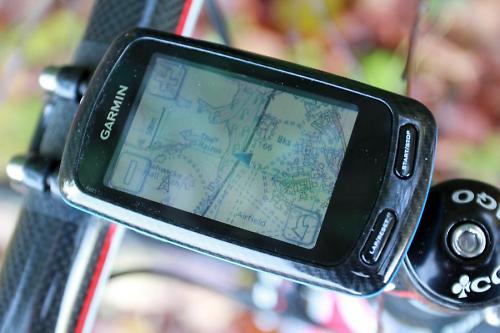
The Edge 800 comes in various different packages, the basic version costing £299.99. If you have a more expensive model (from £399.99) with a speed/cadence sensor, you’ll need to input your wheel size and budget a few minutes to fit it correctly – it’s the usual zip tie and magnet deal. Otherwise, you just give the Garmin a minute to find the satellites and you’re ready to roll. Working on GPS, there’s no calibration to worry about. You could tap in your personal info if you like (age, height, weight and so on), but that’ll wait.
Okay, so what measurements do you get here? There’s a complete list below. Obviously, you get your basic speed, distance and time measurements, but there is tons more besides.
We really like the elevation data, for example. As well as your current elevation, you get the gradient, the total amount you’ve ascended and descended, and a couple of vertical speed measurements. Plus, you can have your ride profile displayed on a graph.
There are loads of useful heart rate functions on offer if you’re performance minded, as long as you go for a version with a heart rate monitor strap (starting at £399.99), or already have an ANT+ enabled heart rate monitor strap. And you can get various power readings too if you use an ANT+ power meter such as a PowerTap hub.

There are some other unusual features too, including sunrise and sunset times based on your GPS position. They’re not exactly essential – we’re guessing you know roughly what time it’ll get light and dark – but who knows?
We particularly like Garmin’s customisable screen. You can opt to have anything from three to 10 pieces of data on the display at any time, and between one and three screens that you can swap between either with the on-screen arrows or a swipe of your fingers. And no, before you ask, it makes no difference whether you have gloves on or not.
You could, for example, set one screen to show just basic measurements: Speed, average speed, ride time, and the distance you’ve ridden. You could have your current, average, and maximum heart rates on a second page, along with a graph showing which training bands you’ve been riding in. And on a third page you could have the distance to your chosen destination, an estimated time of arrival and, say, the time of day.
If, on the other hand, you’re not interested in your heart rate, you don’t need to have it shown. You can choose other info for the display, or cut down to just one or two screens. The configuration options on offer are endless.
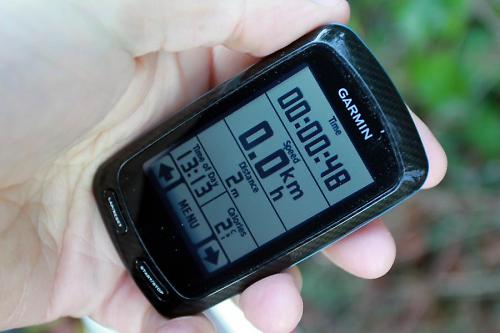
Setting up your own training sessions is simple enough once you know what you’re doing. You can set a target time, distance, heart rate and so on, and create more complicated interval workouts based on just about any criteria you want.
The virtual partner screen is either a bit of fun or a serious training tool, depending on how you look at it. You have two rider graphics on the screen, you and your virtual partner, and you can set him to ride at any speed you like. You’ll either move ahead or drop back, depending on your own speed. You’ll also get a readout that tells you the time and distance you are ahead/behind. We’ve found it pretty good for motivation and aiming at personal bests.
Okay, so that’s all pretty straightforward. Then you’ve got the navigation functions. The Edge 800 has a built-in base map that shows major roads and cities, but you need to fit a microSD card to increase the navigation potential. These tiny cards slot into the unit and provide you with more detailed maps. You can get an Edge 800 with OS Discoverer 1:50,000 mapping for the whole of Great Britain or European City Navigator for £349.99, or other mapping is available separately.

You can simply tap in a destination as with a standard sat nav, or ask the Garmin to show you the closest shops if you’re in need of food, and it’ll give you on-screen instructions to take you there, or you can follow the map of the area in 2D, 3D or as an elevation view. You can even add Garmin’s BirdsEye Imagery for different areas if you subscribe to it.
Alternatively, you can design your own routes using Garmin’s free BaseCamp software, which is available for both PCs and Macs. You just download it from the internet, create your route on the map on your desktop, and transfer it to the Edge 800. BaseCamp is a bit clunky if you ask us, but it’s simple enough to use when you get the hang of it.
The other resource you’re bound to find useful is the Garmin Connect website which allows you to upload all your ride data from the Edge 800. We won’t go into all the details here but it’ll show your ride on a map, give you your heart rate, speed and elevation on graphs, list all your split details… There’s tons of performance data for you to get your teeth into. You can also find other users’ courses on Garmin Connect and send them to the Garmin Edge for you to follow
If all this information sounds confusing, it’s not. That’s one of the best things about the Edge 800. It’s as easy as falling off a log. Well, that’s not quite true but you’ll get the hang of things pretty quickly. On the device itself, you just go to the menu page and follow the labels. It’s all logical enough. If in doubt, the downloadable manual is easy to use too (although the instructions for customising data fields are wrong, which drove us nuts until we worked out how to do it for ourselves).
What else can we tell you? The Edge 800 weighs 104g (complete with mount) while the speed/cadence sensor weighs another 24g, and it measures 51 x 93 x 25mm so it’s not massively intrusive. It works from a rechargeable lithium-ion battery with a claimed runtime of 15 hours, although we’ve never got more than about 12 out of it. Still, unless you’re planning some super-long rides, that’s probably not going to be an issue. It’s waterproof too – we’ve given it a couple of proper soakings and it carried on regardless.
The basic unit costs £299.99 with several other options available, topping out with the £399.99 model with cadence sensor, heart rate monitor and mapping.
Should you buy the Edge 800? If you’re after an accurate navigational tool, it’s Garmin’s slickest, most intuitive offering yet – the potential here is huge. And if you want a generous amount of web-supported performance information too, you’re onto a winner. If you tend to ride the same routes most of the time and don’t need the navigation facility, you could save some cash and go for the Edge 500 instead.
Footnote: Why should you buy the speed/cadence sensor?
The cadence bit is it obvious: it gives you your pedal revolutions per minute (current, average, and lap average). And taking your speed from the back wheel rather than from GPS means the signal is never interrupted by trees or buildings. The truth is, though, that we’ve hardly ever lost the GPS signal anyway – just occasionally on roads through wooded areas – so we’ve been sticking with the satellites. If you’re a real stickler for accuracy or you’re a mountain biker, the speed/cadence sensor might be worth the extra cash.
Verdict
GPS-enabled bike computer with masses of navigation and performance-measuring capability – the best device of its kind
road.cc test report
Make and model: Garmin Edge 800 GPS computer (Performance and Navigation bundle)
Size tested: n/a
Tell us what the product is for, and who it's aimed at. What do the manufacturers say about it? How does that compare to your own feelings about it?
Garmin say, "Make the most of every ride with Edge 800 — the ultimate touchscreen GPS bike computer for training, touring and on the trail. Providing navigation and performance monitoring, Edge 800 is ideal for touring, commuting, competitive cycling and mountain biking. It has a built-in basemap and tracks your distance, speed, location and ascent/descent. Use it with an ANT+™ heart rate monitor¹, speed/cadence sensor¹ or compatible power meter² for a finely tuned analysis of your ride."
Yep, they're right, it is the ultimate device of its kind currently available.
Rate the product for quality of construction:
9/10
Rate the product for performance:
9/10
Rate the product for durability:
7/10
Rate the product for weight, if applicable:
9/10
Rate the product for value:
8/10
Did you enjoy using the product? Very much
Would you consider buying the product? Yes, it's pricey but you get loads for your money
Would you recommend the product to a friend? Yes
About the tester
Age: 40 Height: 190cm Weight: 74kg
I usually ride: My best bike is:
I've been riding for: Over 20 years I ride: Most days I would class myself as: Expert
I regularly do the following types of riding: time trialling, commuting, sportives, general fitness riding,
Mat has been in cycling media since 1996, on titles including BikeRadar, Total Bike, Total Mountain Bike, What Mountain Bike and Mountain Biking UK, and he has been editor of 220 Triathlon and Cycling Plus. Mat has been road.cc technical editor for over a decade, testing bikes, fettling the latest kit, and trying out the most up-to-the-minute clothing. He has won his category in Ironman UK 70.3 and finished on the podium in both marathons he has run. Mat is a Cambridge graduate who did a post-grad in magazine journalism, and he is a winner of the Cycling Media Award for Specialist Online Writer. Now over 50, he's riding road and gravel bikes most days for fun and fitness rather than training for competitions.





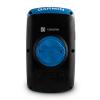
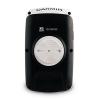
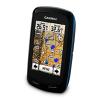
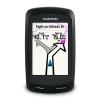
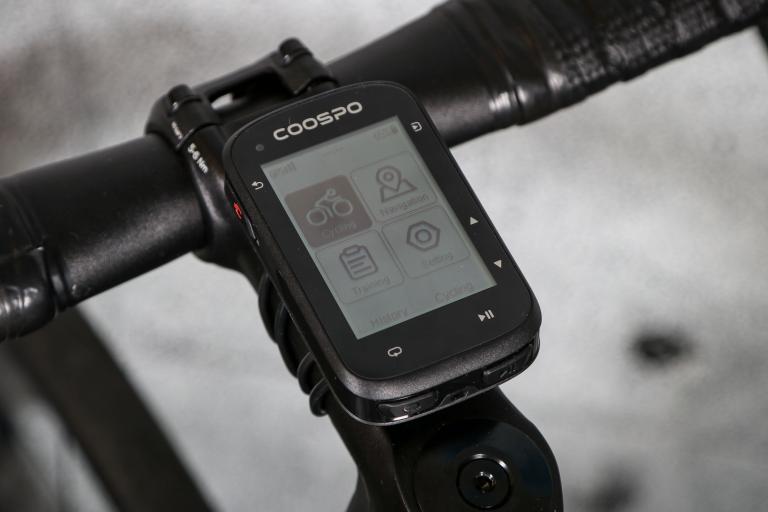
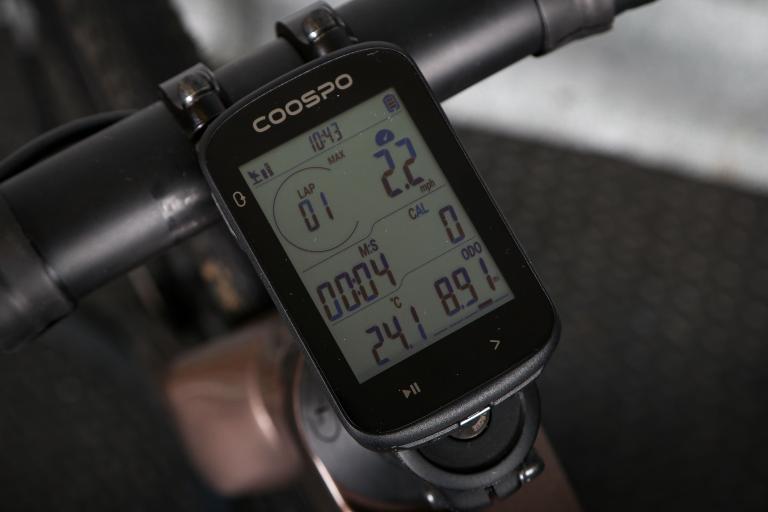
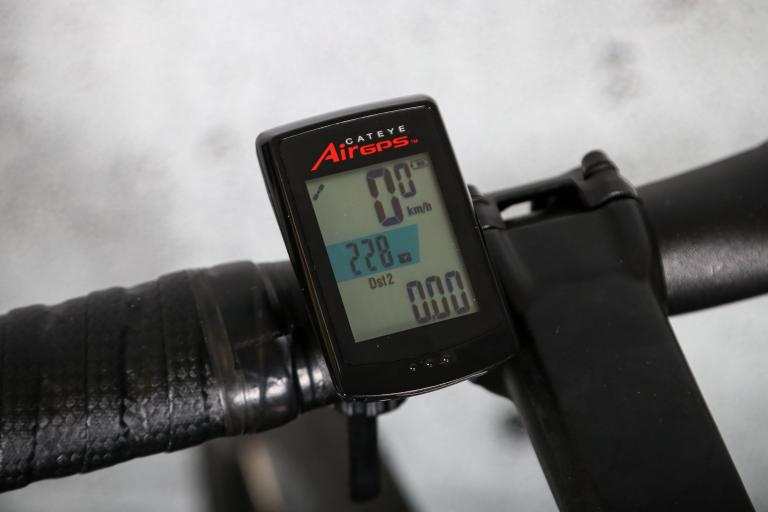

A very good family friend had worked at the Department of Transport. He told me when I had that car, that they'd done a study at one stage about...
The likes of Facebook, Instagram have done untold damage, especially to the minds of young people...
And the next time - plead sympathy for your addiction, caused by trauma from your previous "accident"...
Butyric Acid... was the most disgusting thing I have ever smelt in the lab...
Even a stopped clock, etc, etc...
I wouldn't be meeting that Orange Pillock anywhere, let alone 1/2 way.
If the local police is unwilling or unable to do their job properly, then perhaps her insurance provider ought to re-evaluate the risks she poses...
As a member of the Co-op community (I live in a Housing Co-op) and a bike owner /rider, this is very sad news. We need more Co-ops not less.
It is sad for the individuals concerned but (and this is a general point, rather than specific to this story), we're much better off overall for...
Lorry carrying 25 tonnes of beer catches fire on the M11...